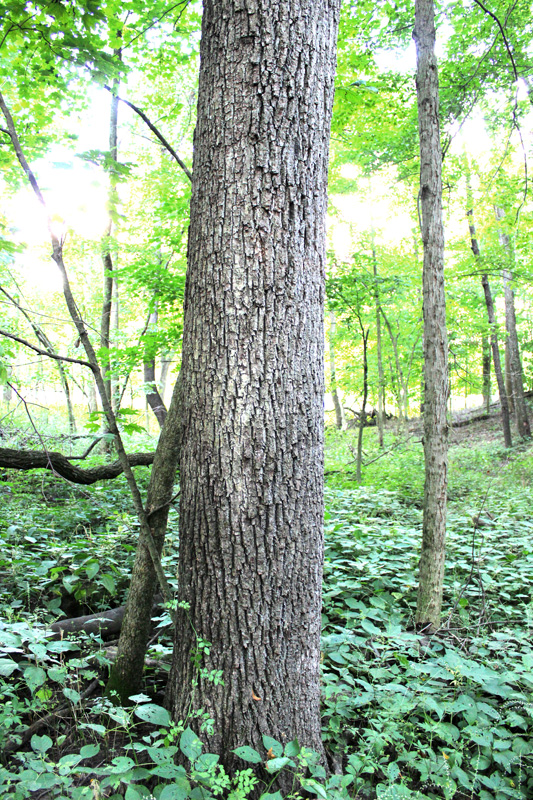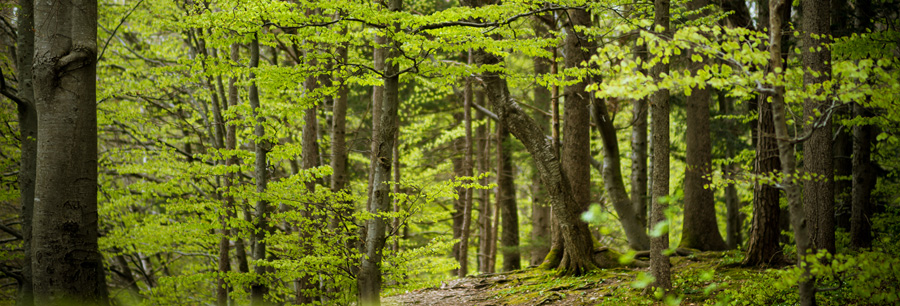 Black Walnut (Juglans nigra)
Black Walnut (Juglans nigra)
is a one of our most infamous trees in the eastern United States due to its unique chocolaty, brown heartwood. This distinctive feature has made it one of the most expensive and highly sought after tree species. Black walnut prefers to grow in deep, well-drained fertile soils. Much research has been done to genetically enhance the growth and quality of walnut. Many landowners have chosen to grow plantations of walnuts as an investment. An interesting fact about the biology of the black walnut is a toxic substance known as juglone is secreted by the tree’s roots which inhibit the growth of some nearby plants.
Wildlife Value
Black walnut is much more valuable to humans than they are to wildlife, but many of you have noticed eager squirrels trying to take advantage of the green walnuts in early fall. It’s not easy to get through the thick husks, so once other trees species’ fruit become mature they say “the heck with walnuts!” Well at least until the husks rot off in the spring.
Another animal that takes advantage of walnuts are white-tailed deer. If you have ever attempted to grow a walnut plantation, you probably know the frustration of having your walnuts being snipped by deer. The deer do not browse on the leaves, as one might think, but they will browse on the twigs during the winter months. The twigs can have a high protein content for the deer.
Commercial Value
By the 1970s, the walnut’s wood became relatively expensive. Today, it is still sought after for office furniture, architectural millwork, high-end gun stocks, table tops, flooring, specialty, and custom items. Walnut is one of the few species classified as a semi-ring porous wood. The earlywood pores are relatively large and gradually change to smaller pores. Thus, it shows some grain characteristics. It falls between the coarse grain (like oak) and ring porous woods (like maple). The wood from slower growth trees seems to be softer than wood from fast growth, open-grown trees.
Walnut’s dark heartwood is sought after and the outer, white sap rings are not desired. The industry is able to steam wood so the sapwood will look like the heartwood. Most people cannot tell the difference between the heartwood and steamed sapwood.
Firewood attributes
22 million BTU’s in a cord of air dried firewood.
Easy to split.
Does not smoke heavy.
Throws no/few sparks.
Minimal aroma.
Holds coals well.

